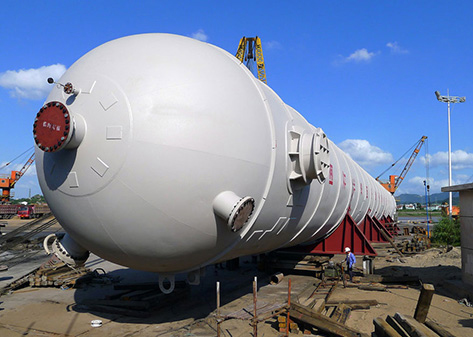For the passivation of refinery systems in the petroleum industry, the metal-clad plate must pass relevant experiments to confirm its practicality. The experimental items are coating function, surface activity, surface solubility, reliability, corrosion resistance, moisture index. Value, continuous flow device test, etc.
In a word, the desulfurizing agent for clad plate used in industrial production has good corrosion inhibition performance and also meets the minimum requirements. To obtain practical use, various special provisions should be directly applicable.

Types of contact retardants There is a wide variety of desulfurization agents and complex corrosion inhibition principles. There is no one and the same way to classify their effective types and impair the relationship between their molecular formulas and functional principles for exploration and permanence. It is often used in all directions. Desulfurization agents are well classified.
The principle of the protective effect of desulfurizing agents on metallic materials. It is a very important issue to explore the corrosion resistance against rust. Metal laminates do not have the same concept recognized at this stage. At this stage, there are probably the following basic theories: adsorption basic theory, organic chemistry basic theory, coating film basic theory, synergistic effect, etc. In fact, there is an essential relationship between these basic theories. The principle of action of each desulfurization agent depends on the type of desulfurization agent, organic chemical structure, and metal material. Therefore, to properly understand the corrosion inhibition principle of metal composite plate, it is necessary to fully understand the type of desulfurization agent and dielectric properties. The corrosion process of metallic materials in electrolyte consists of two common types of electrochemical corrosion. The difference between these two kinds of electrochemical corrosion lies in cathodic and negative hazards. If the desulfurizing agent can control one or both of cathodic and negative hazards, the convective heat transfer coefficient can be reduced.